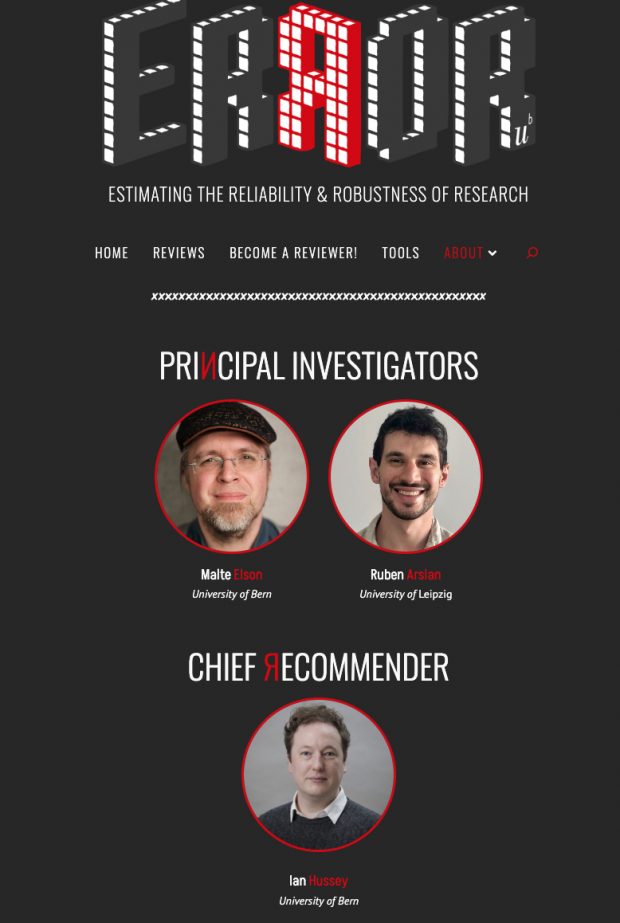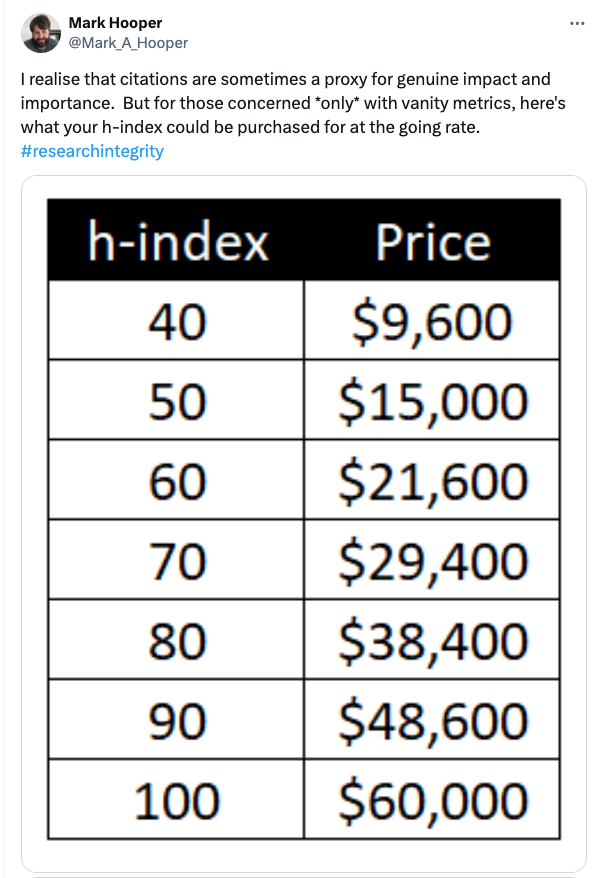The Semrush blog has a nice summary
By analyzing two main characteristics of the text: perplexity and burstiness. In other words, how predictable or unpredictable it sounds to the reader, as well as how varied or uniform the sentences are.
a statistical measure of how confidently a language model predicts a text sample. In other words, it quantifies how “surprised” the model is when it sees new data. The lower the perplexity, the better the model predicts the text.
is the intermittent increases and decreases in activity or frequency of an event. One of measures of burstiness is the Fano factor —a ratio between the variance and mean of counts. In natural language processing, burstiness has a slightly more specific definition… A word is more likely to occur again in a document if it has already appeared in the document. Importantly, the burstiness of a word and its semantic content are positively correlated; words that are more informative are also more bursty.
Or lets call it entropy? So we now have some criteria
-
- AI texts are more uniform and more predictable and often repetitive with
- lack of depth and personality
- Sometimes plagiarism checker may recognize “learned” AI phrases. Sometimes reference checkers will find “hallucinated” references
- Incorrect content and outdated information in contrast needs human experts
- An obvious, yet underappreciated downside: “AI texts have nothing to say” – “clichéd nothingness“.
Well, there appear now also AI prologue sentences in scientific literature for example like “Certainly! Here is…”
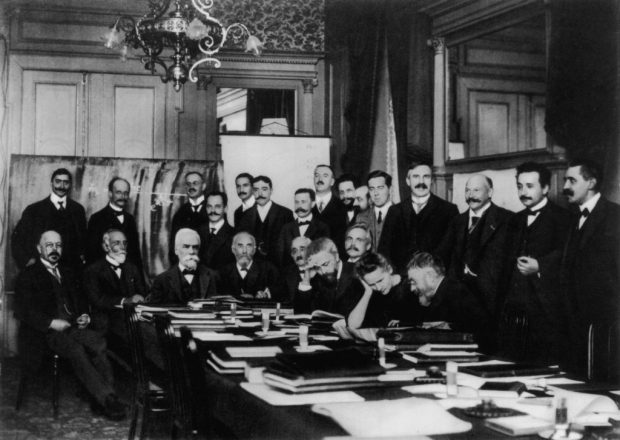
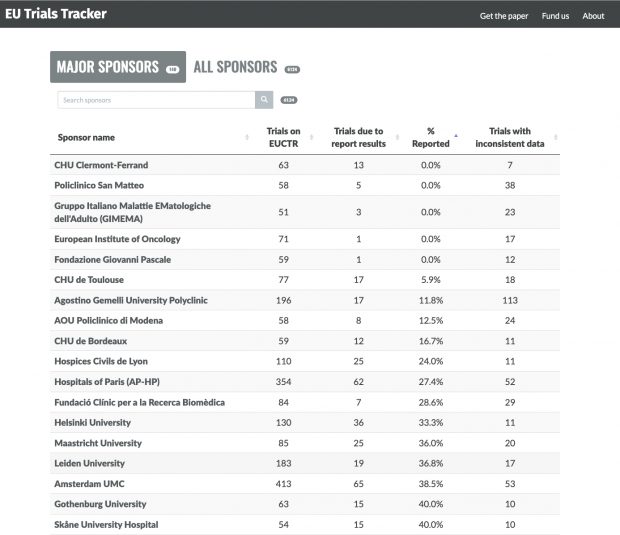
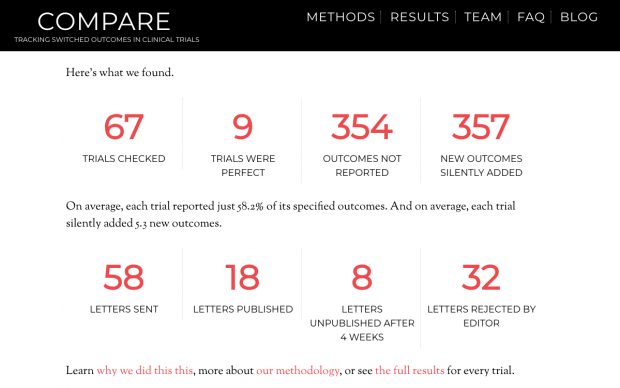
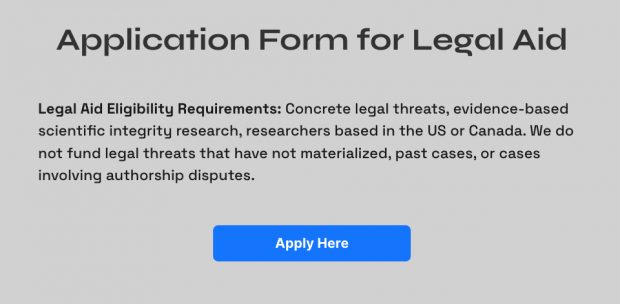
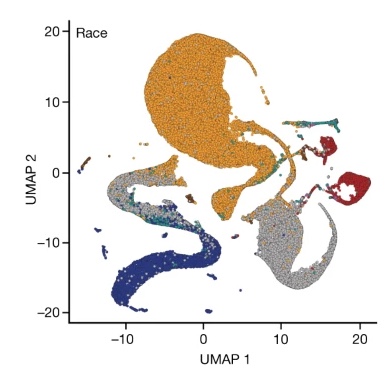 “Genetic drivers of heterogeneity” is the new description for the failed genetic concept of “reverse genetic engineering” – where we see now only sand running through the fingers.
“Genetic drivers of heterogeneity” is the new description for the failed genetic concept of “reverse genetic engineering” – where we see now only sand running through the fingers.